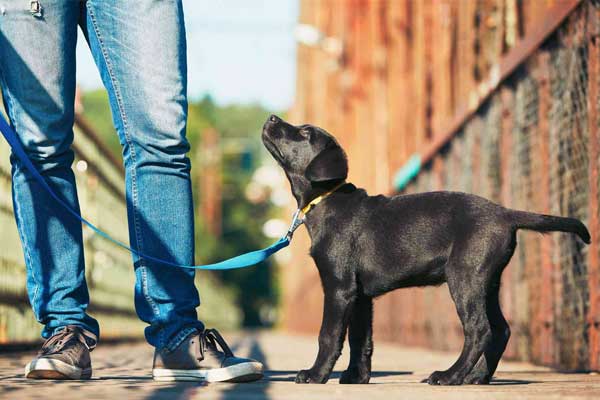Introduction:
Training your pet is a vital aspect of their overall well-being and behavior. Whether you have a new puppy or an adult pet, investing time and effort into training can strengthen the bond between you and your furry friend. To ensure successful and positive training outcomes, here are the top eight must-do things for better pet training.
1. Start with Basic Commands:
Begin by teaching your pet basic commands such as sit, stay, come, and down. These foundational commands establish communication and obedience, forming the building blocks for further training.
2. Consistency is Key:
Consistency is crucial in pet training. Use the same cues, gestures, and rewards consistently to reinforce desired behaviors. Consistency helps your pet understand what is expected of them and accelerates the learning process.
3. Positive Reinforcement:
Positive reinforcement is a powerful training technique. Reward your pet with treats, praise, or playtime whenever they exhibit the desired behavior. This positive association motivates them to repeat the behavior in the future.
4. Patience and Persistence:
Training takes time and patience. Be patient with your pet and understand that learning requires repetition and reinforcement. Consistent practice and persistence will yield better results in the long run.
5. Proper Timing:
Timing is crucial in training. Provide immediate rewards or corrections to ensure that your pet associates the consequence with the behavior. This helps them understand what is expected of them more effectively.
6. Socialization:
Socialization plays a significant role in your pet’s behavior. Expose them to various environments, people, and other animals from an early age. Proper socialization helps prevent fear, anxiety, and aggression issues.
7. Avoid Punishment:
Avoid using harsh punishment or physical force during training. Instead, focus on positive reinforcement and redirection. Punishment can create fear or aggression in your pet and hinder the training process.
8. Seek Professional Guidance:
If you encounter difficulties or specific behavioral issues, seek professional guidance from a qualified pet trainer or animal behaviorist. They can provide tailored training plans and techniques to address your pet’s individual needs.
Conclusion:
Training your pet is an investment that leads to a well-behaved and happy companion. By incorporating these essential practices into your training routine, you can establish a strong foundation of obedience, reinforce positive behaviors, and foster a harmonious relationship with your pet. Remember, training should be a positive and enjoyable experience for both you and your furry friend.

